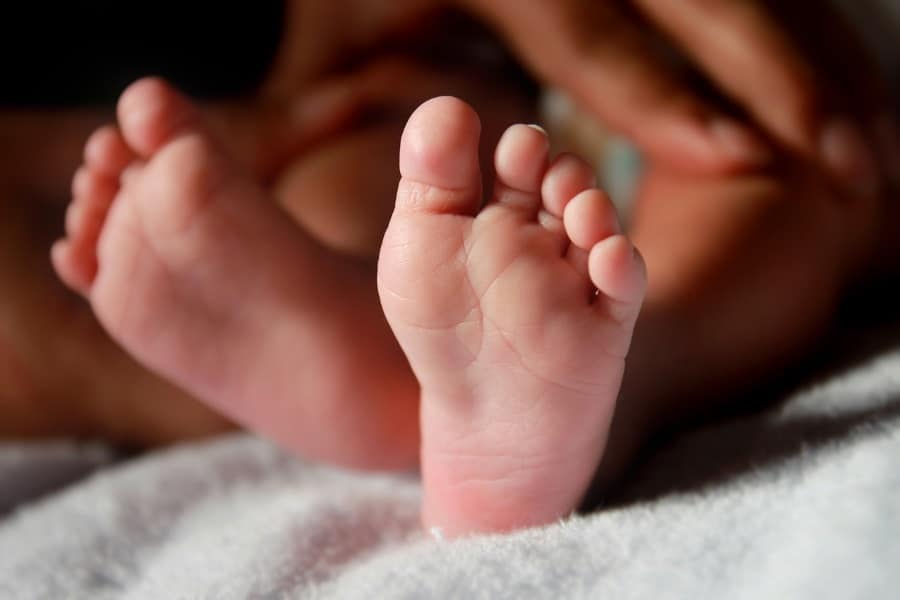 Women periodically experience labour contractions when pregnant, even before they enter real labour. Every now and then, the tightening and relaxing of the uterine muscles can stop you in your tracks. These muscles are the largest on a female body. When pregnant, certain stimuli target the pituitary gland to release a hormone called oxytocin. The hormone then stimulates the lining of the uterus and controls its movements. It is then quite difficult to predict when the labor will actually be. It is best to talk to a doctor about understanding labor contractions so that you know what to do and what things you can do if you feel these contractions on your pregnancy.
Women periodically experience labour contractions when pregnant, even before they enter real labour. Every now and then, the tightening and relaxing of the uterine muscles can stop you in your tracks. These muscles are the largest on a female body. When pregnant, certain stimuli target the pituitary gland to release a hormone called oxytocin. The hormone then stimulates the lining of the uterus and controls its movements. It is then quite difficult to predict when the labor will actually be. It is best to talk to a doctor about understanding labor contractions so that you know what to do and what things you can do if you feel these contractions on your pregnancy.
Early Labour Contractions
When a woman has labor contractions, she would often feel like she is cramping on her uterine area. The sensation starts at the back and in a wave-like pattern, the sensation moves all the way to the front. For some women, the labor contraction is like a pressure on the back area. When a pregnant person has a labor contraction, the stomach feels very hard to the touch. These contractions are very necessary for labor as it is a combination of contractions. When this happens, the upper part of the uterus becomes thickened or tightened. At the same time, the cervix and the lower part of the uterus becomes more flexible as with contraction and relaxation to help the baby pass and be born.
More Regular Contractions
The labor contractions are timed and intermittent. There is a resting period in between the contractions. Contractions often last for 60 seconds with about 5 minute intervals for each. When you start feeling the contractions, it is best to make an effort and record them. You should check how long the initial contraction was and the relaxation. This will help a midwife or a doctor to know at which stage of the labor you in is. During these times, the pregnant woman would consider this as sever menstrual cramps or gas pains. These could at often times be mistaken for flu or intestinal disorders. Contractions are graphed as wave like patterns and it has a zero point and a peak where it is very prominent. As the time for the delivery arrives, the resting time between contractions will shorten as well.
When you are feeling contractions already, take these as signs that your newborn baby will soon be by your arms and all the pain will go away right after that. Looking at things positively will help you relax and calm when in labor. Pressure and negativity can cause stress to your body and if you have a weak heart, you could go to a critical condition. Calm yourself down whenever you can and think positively. Work with your body. Do not work against is. Once you have gotten the hang of it, you will notice that the contractions will pass by and soon enough, your new child will be there and it will all take the pain away and turn it into joy and relief as well as a feeling of completeness as a mother.




